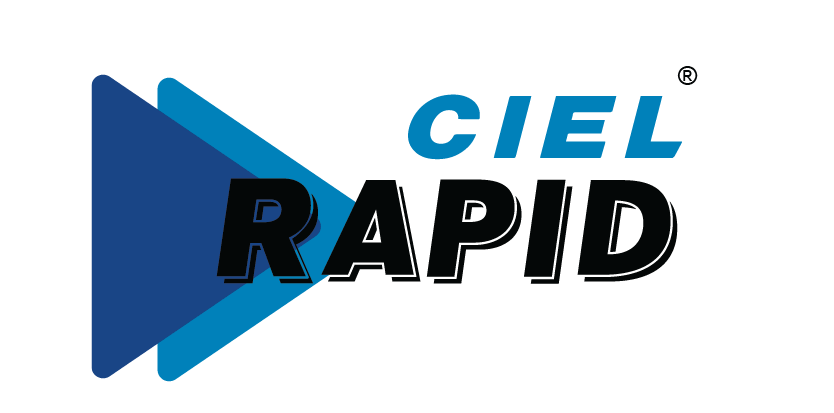Howard Scultz famously commented about attrition in customer traffic to Starbucks, “I don’t want to use the economy, commodity prices or consumer confidence as an excuse. We must maintain a value proposition to our customers as well as differentiate the Starbucks Experience.”
Organizations normally find reasons of attrition outside their organization. They attribute the reasons to war for talent, greed for money, industry trends and so on. While these are relevant factors and impact an organization’s ability to retain its talent, there must be something that an organization must do to retain its folks.
Getting the right people on board
Every organization has its own context; their employees need to match this context well. Normally, recruitment processes look for specific experience and evaluate proficiency levels on specific skillsets. They keep in mind the budget available for the role and a match between preferences of the candidate with those of the interviewers.
Many a times we see interviewers and recruiters drop the rigour in checking these matches diligently. As a result, they end up hiring people who do not meet the requirements in one or more of the three areas : skills, experience and individual preferences. Soon enough, the mismatches become apparent paving the way for attrition, voluntary or otherwise.
Other than the above three areas, there are a few critical aspects which normally assume lesser importance. We need to organize our priorities right.
Each person has a unique personality profile which guides one to behave in a certain way. Hence, employees take actions, make decisions and react to a situation differently. Unless members of a team share the same fundamental belief, there is too much of diversity leading to distractions and avoidable disruptions in running a business. We must get the right people on board else there is too much of stress on the system.
Hence, the organization has to define the desired personality profile for a role and it has to look for a match with that of a prospective employee. Like individuals have varying profiles, organizations exhibit the same and hence, the profile expectations of all organizations working in the same industry sector need not be the same.
Enable them
After the getting the right people on board, we have to nurture them well so that they deliver the desired impact.
All of us have our inherent strengths and limitations. However, these do not singularly determine the effectiveness of an employee in the organization. Rather it is the enabling infrastructure that is the most important factor that determines the success.
The systems, processes, team environment, the norms and practices at the workplace determine if an employee is excited to go to work each day and determined to give his or her best. Leaders have to put their ears to the ground and listen to the signals emanating from there. They need to see if the practices at work are relevant for their environment and appropriately enabling.
Adults look for freedom, recognition and a purpose that is worthwhile to pursue. These are true universally. Organizations need to provide these in the right doses so that the employees have a sense of achievement, feel happy to come to work and do not see the reason for exploring new opportunities. They hope for a brighter future.
Organizations need to design the work in such a way that the tasks are interesting and meaningful. For each role, measures of success need to be defined and enough care is given to help them emerge successful. Very rarely, teams succeed when they work in silos. Organizations have to facilitate collaboration and promote team spirit. Norms of competition and collaboration have to be well understood by the employees. Positive energy and optimism drive an organization forward. Hence, it is important to build the right environment to enable superior performance.
Show the future
It is not enough to select the right person and enable him or her to get the desired outcome. All of us do not live exclusively in the present; we think about the days in future and plan for it though it is uncertain and unpredictable.
Organizations have to similarly plan for the future and articulate the image. They need to show a way that is compelling for the employees to develop and move into the bigger roles in the future. Often organizations fail to plan explicitly; even if they do, the plan is not meaningful enough to share with the employees. They need to have a clear idea of their career path and must find it attractive to stay invested in the current organization.
Like Howard Schultz said, organizations need not seek refuge in external factors to justify the attrition rate; rather they need to get the right talent on board, enable them and show them the future path.

